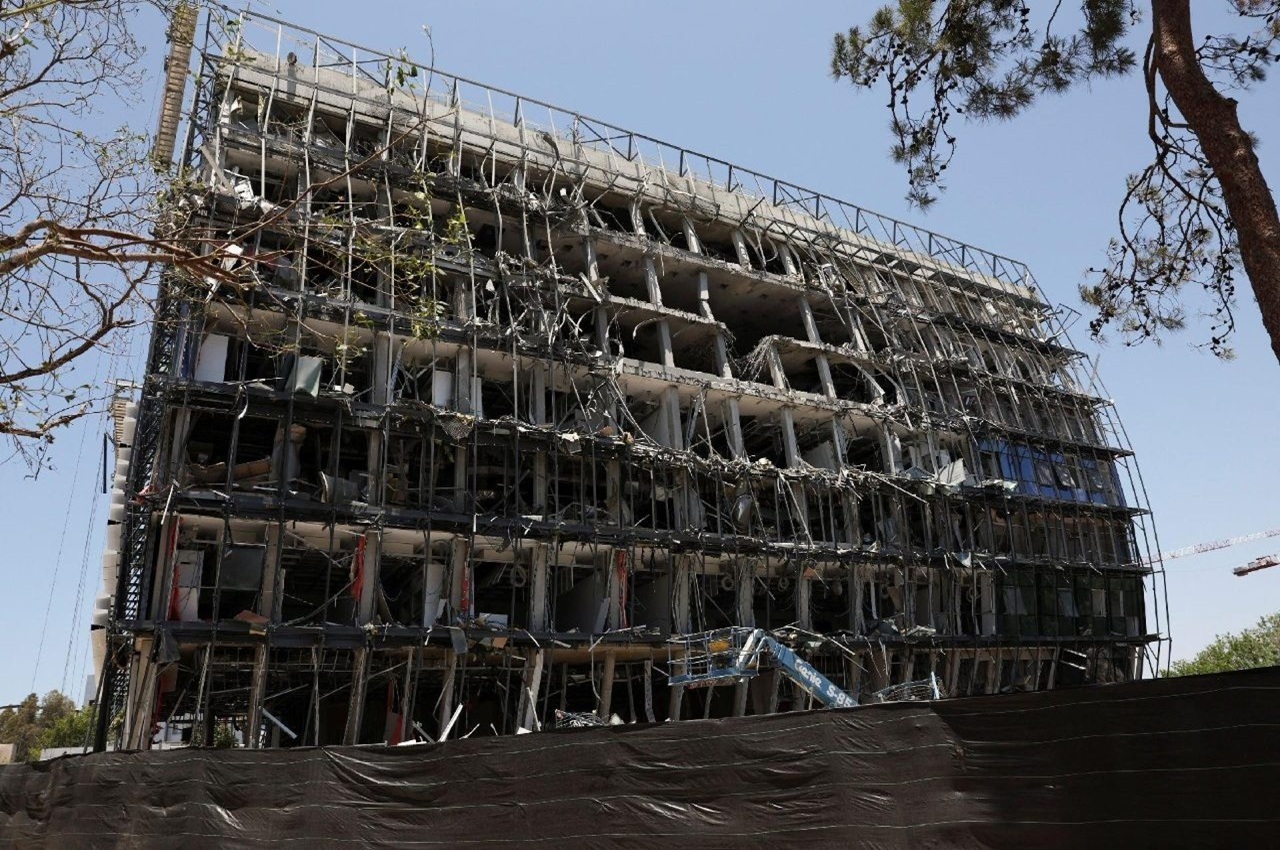Iran's Spying on the Zionist Regime Using Social Media
TEHRAN (Defapress) - Since the True Promise 1 Operation, more than 30 Israeli citizens have been arrested on charges of spying for Iran, which has caused surprise and concern for the Zionist regime regarding the extent of Iran's intelligence operations in the occupied territories.

The British newspaper The Guardian, by examining court documents of Iranian spies in the Zionist regime, has reported on the methods used by Iranian intelligence to employ Israeli citizens.
According to this report, the recruitment of spies began with messages from anonymous user accounts on social networks, initially offering subjects money in exchange for completing small missions. However, the scope of this cooperation gradually expanded to include more sensitive and complex missions in exchange for better payments.
Based on documents from Israel's judicial system, although Iran's intelligence activities in recent years have not yet led to the assassination of Israeli officials, this espionage campaign has resulted in the collection of highly important data about strategic targets in the occupied territories, which were completely destroyed by ballistic missiles from the Aerospace Force of the Islamic Revolutionary Guard Corps during the 12-day war.
According to information in the indictments of those accused of spying for Iran, contact with subjects was made using social networks, especially Telegram. In some cases, a user account named "News Agency" asked the subject in its first message: "Do you have any information about the war? We are ready to buy it."
A similar message was sent by the user account "Tehran-Quds" to some Palestinian-Israeli subjects, stating: "The liberation of Jerusalem will unite Muslims. Send us information about the war."
These messages included a Telegram link that, when clicked, started a new conversation. If the subject was recruited, their payment was made through PayPal or cryptocurrencies.

For example, one subject was asked, as their first mission, to check the status of a black bag placed in one of Israel's parks in exchange for $1,000 and to send the results in a video format. This subject later took on other preliminary missions, including distributing leaflets, putting up posters, and writing slogans against Netanyahu.
Subsequently, they were assigned a mission to photograph the home of a nuclear scientist working at the Weizmann Institute and then to spy on the institute itself. The Weizmann Institute was one of Iran's most important targets, which was destroyed by a Fattah missile. There is no doubt that the images sent from the occupied territories were essential for the precise targeting of this institute with Iran's powerful missiles.
Another subject was an Israeli-Azerbaijani dual citizen who was hired to photograph sensitive Israeli facilities and turned spying for Iran into a family business. They photographed the port facilities of Haifa, Nevatim Airbase, Iron Dome batteries in various locations in the occupied territories, and the Gililot intelligence base. All these facilities were destroyed by Iran's formidable missiles during the 12-day war.
Shin Bet's assessment indicates that in the previous phase, Iran sought to recruit high-quality subjects through low-risk investments. Among the subjects recruited by Iran, in addition to dual-national Jews, there are also first-class Jewish citizens. Overall, Iran's intelligence community has been successful in recruiting mercenaries who, in exchange for money, have transferred sensitive and field information.
Documents and interrogations of those accused of espionage reveal that there is a widespread effort by Iran's intelligence community to carry out revolutionary executions of senior officials of the Zionist regime, with Benjamin Netanyahu at the top of the list.
